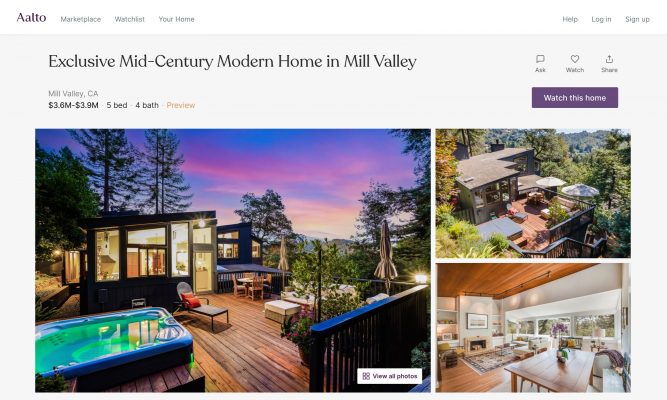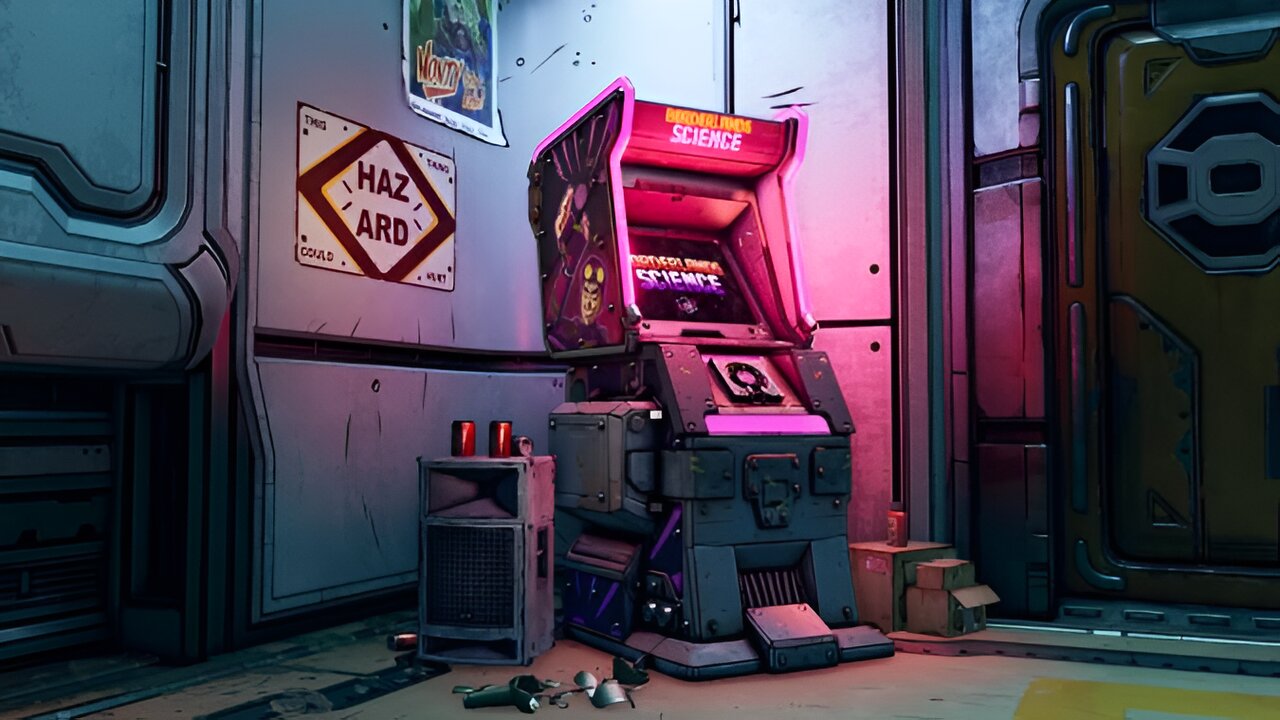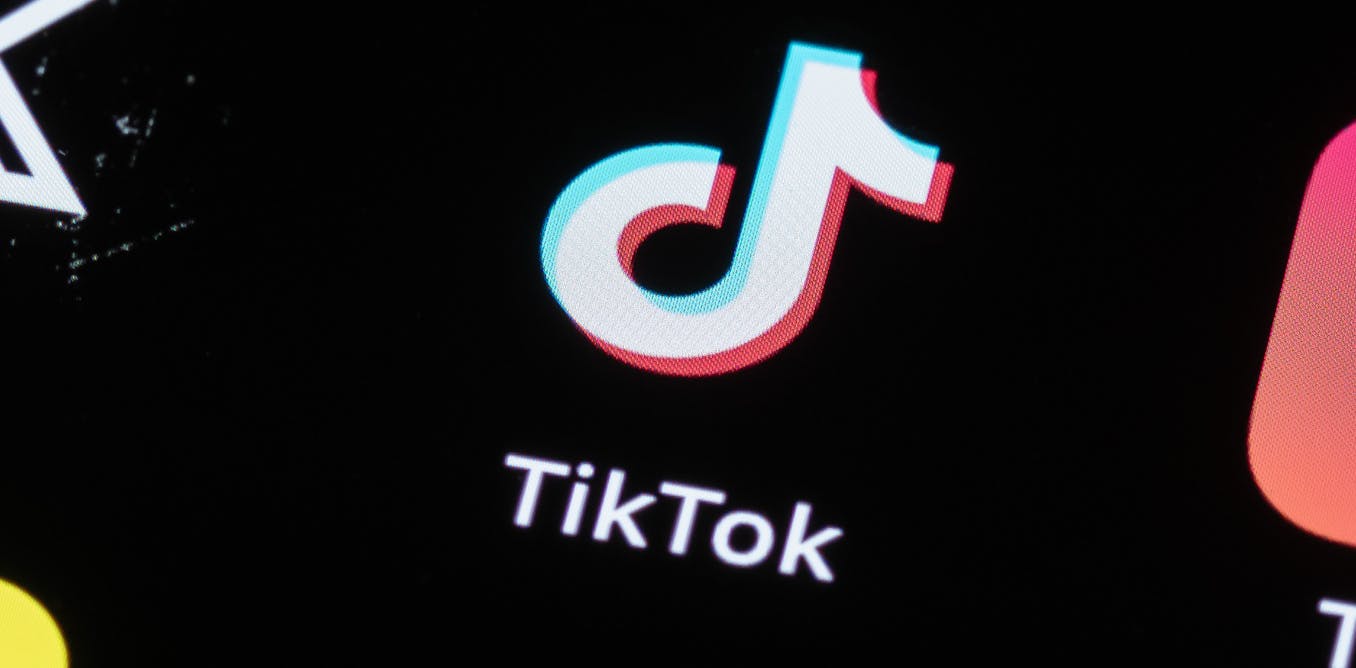.jpg)
How an indie business beat a VC startup
How do you raise millions of dollars, delight millions of customers only to be sold to a bootstrapped competitor for $35K? This is the real story of two sites: Pinboard and Delicious. It first caught my attention because I love underdog stories. As I went down the rabbit hole, I realized it represents so much more, including:
Customers want simple and reliable solutions. Over the years, Delicious became bloated and buggy. It lost its identity in the shuffle of owners: it was first sold to Yahoo, then sold 4 more times in a matter of years. Meanwhile, Pinboard focused on serving customers eager to pay a small fee for a no-nonsense product that just worked. Pinboard is the classic MVP that does a narrow job extremely well:
Simple is deceptively hard. Simple requires an opinion of what matters most, and the focus to stay that way. Simple spreads faster because it’s easier to explain. Yet most of us do the complete opposite. The mantra of most product teams is to add more features in the pursuit of growth. But every new feature adds a little more complexity — and enough complexity over time kills two crucial things: 1) customer engagement and 2) pace of execution. It’s death by a thousand silent cuts. We are also easily kidnapped by FOMO. Look at all the teams chasing the hot new feature. Last season, it was Stories. This season, it’s social audio. Part of the problem is that we see ourselves as “builders”. But to build great things, we often need to destroy and ignore anything that doesn’t meet the bar. It’s short-term pain for long-term gain. The skill of simplifying, aka “razor mode” separates great from merely good.
Every time Delicious was sold, there was a new “redesign” to mark a new beginning. Tragically, each redesign alienated customers more— they had to relearn the product and suffer the loss of culturally significant features. The answer is obvious: the redesign was never for the customers, it was for the egos of the new owners. Redesigns almost always happen when there’s new leadership. Asking: who is this redesign for? is the best way to check that you’re not falling for the ego trap.























